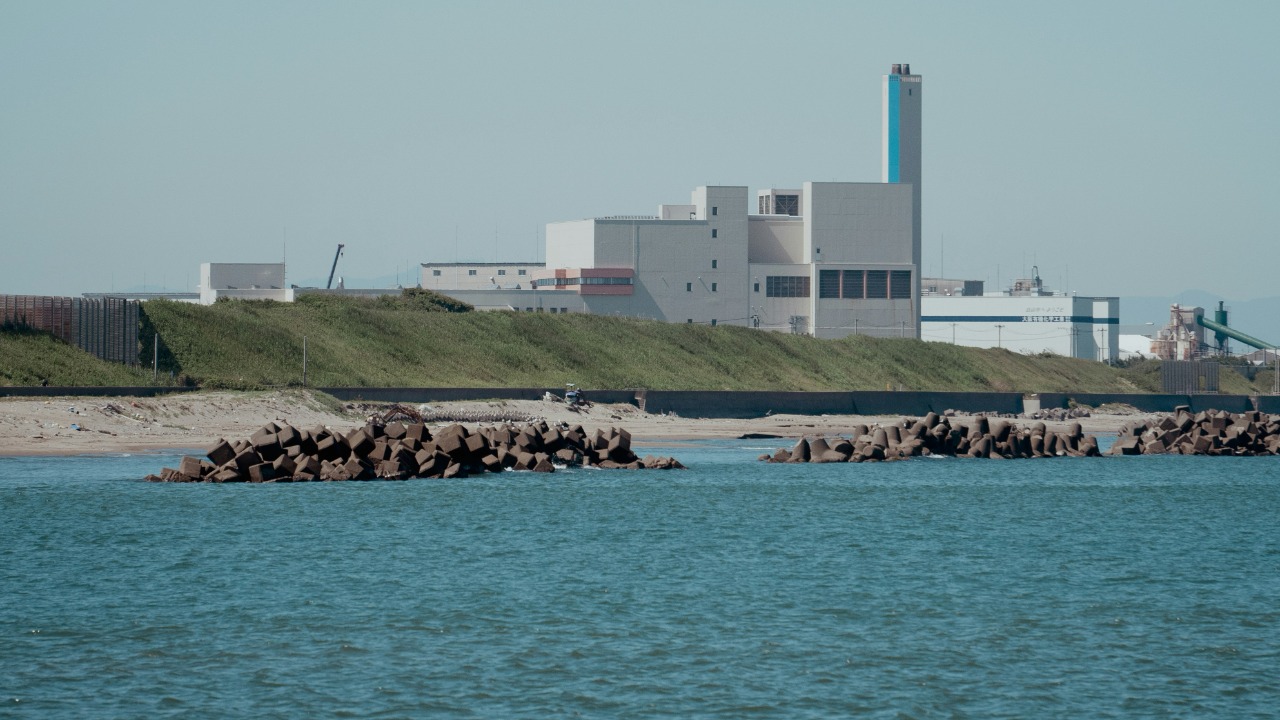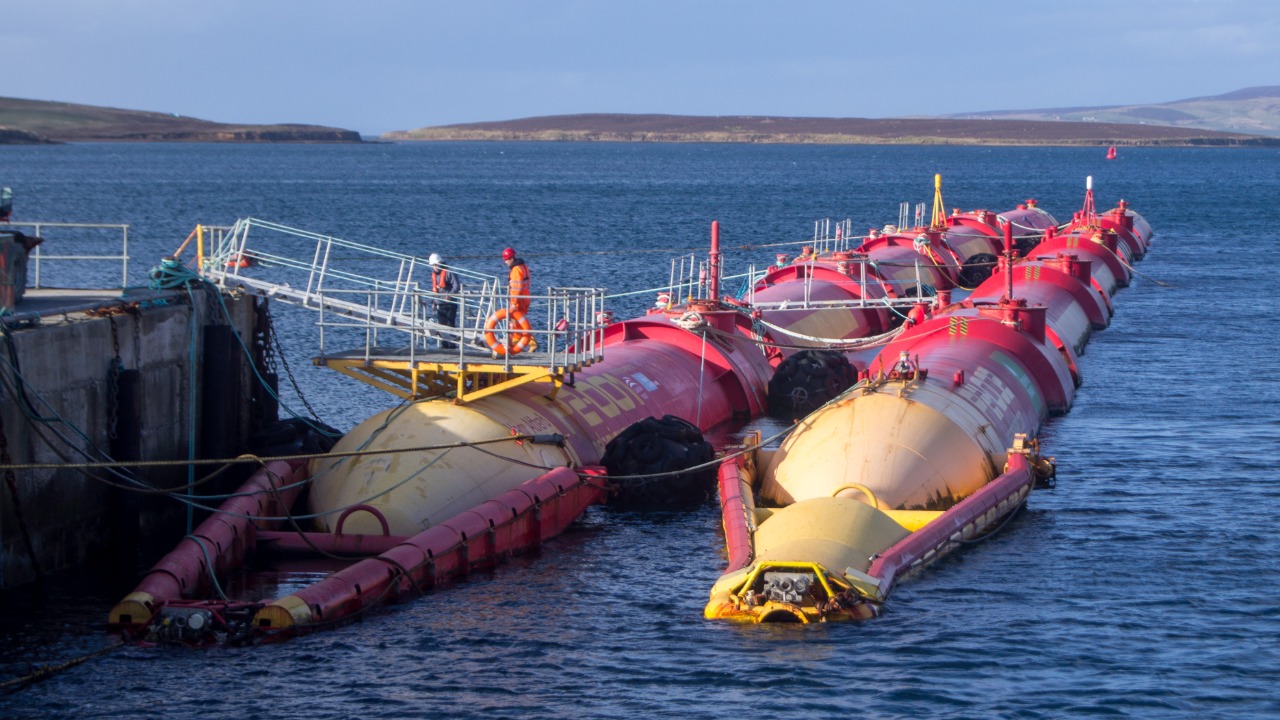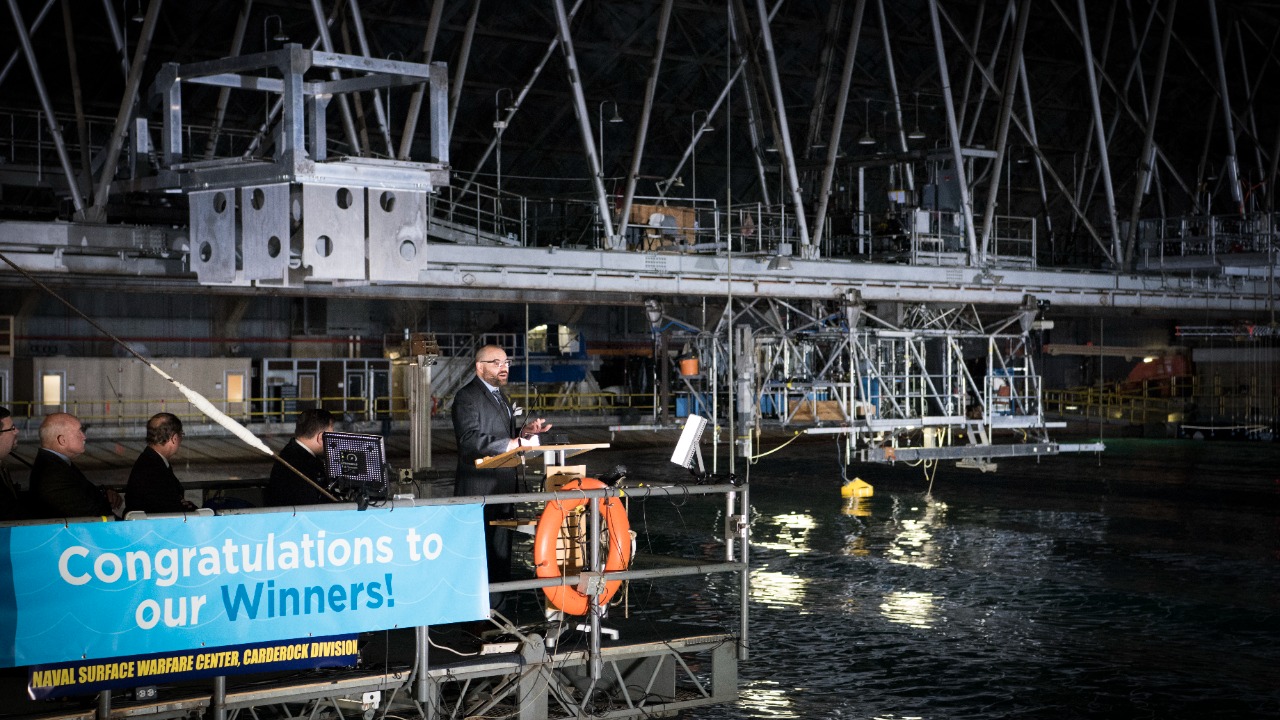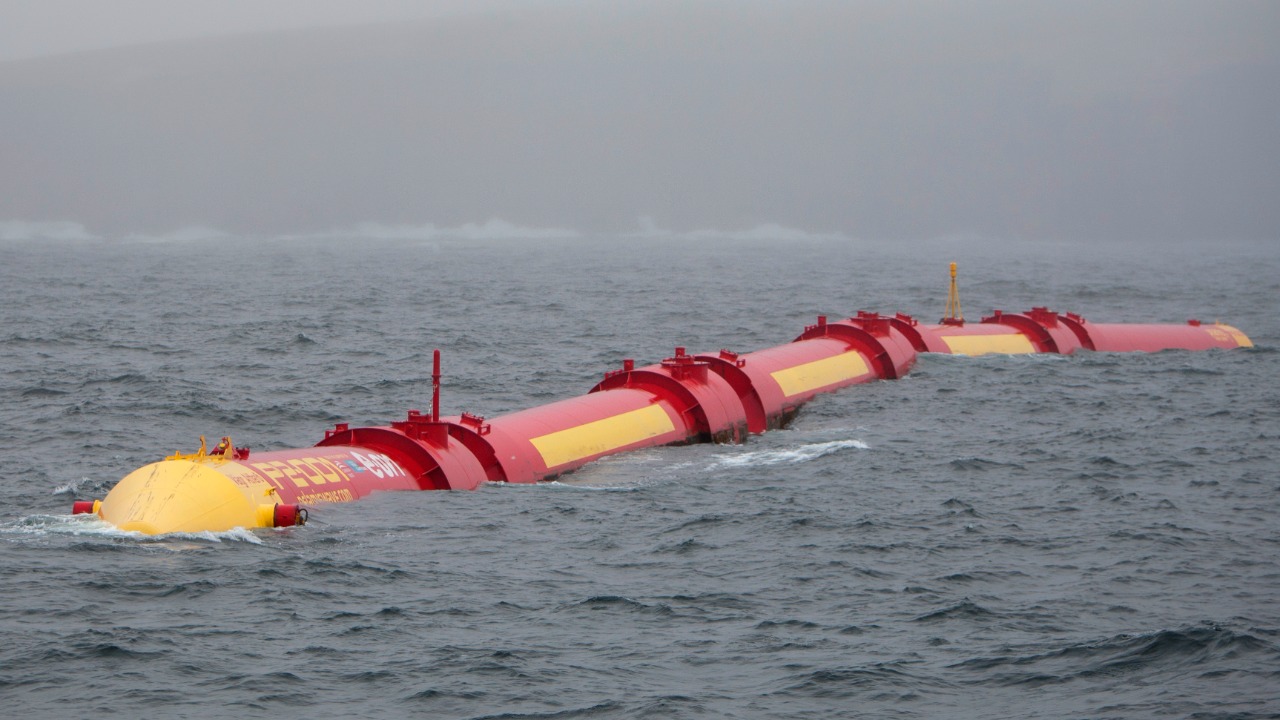
Wave energy, an untapped renewable source of power, has been a subject of intense research and development for quite some time. The recent approval of the first onshore wave energy site in the United States marks a pivotal moment. This milestone, coupled with the advent of next-generation technology in the field, could potentially transform our approach to sustainable energy solutions.
Understanding Wave Energy

Wave energy, also known as ocean energy or sea wave energy, is generated by harnessing the power of ocean surface waves. The energy from these waves is captured and converted into electricity. The process involves the utilization of various devices, including point absorbers, surface attenuators, and oscillating water columns.
Wave energy holds immense potential as a sustainable power source. According to a study in the Energy Science & Technology journal, the global technical potential of wave energy is estimated to be around 29,500 TWh per year, which is greater than the world’s total electricity consumption. Over the years, advancements in wave energy technology have made it possible to tap into this potential more effectively and efficiently.
The First Onshore US Wave Energy Site

Recently, the US government approved the first onshore wave energy site. The project is located off the coast of Oregon and is expected to have a capacity of 20 MW. This development is a significant step towards harnessing the vast energy potential of the ocean waves.
The impact of this project on local communities and the environment is expected to be substantial. According to an article on Electrek, the project will create jobs and stimulate economic growth while also contributing to the reduction of greenhouse gas emissions. Furthermore, it will play a crucial role in demonstrating the viability of wave energy as a renewable power source.
Next-Gen Wave Energy Technology

The wave energy site in Oregon will deploy cutting-edge technology to harness the power of ocean waves. This includes the use of novel wave energy converters (WECs) that have been developed to be more efficient, cost-effective, and environmentally friendly compared to previous technologies.
Technological innovation plays a crucial role in enhancing the efficiency of wave energy. A technology innovation system analysis reveals how advancements in WEC design and materials have contributed to increased energy capture and conversion efficiency. These innovations have made wave energy a more viable and attractive option in the renewable energy sector.
Challenges and Solutions in Wave Energy Development

Despite the vast potential and advancements in technology, wave energy development faces several challenges. These include technical challenges related to device design and performance, environmental concerns, and regulatory hurdles. For instance, the potential impact on marine life is a significant environmental concern that needs to be managed effectively.
The onshore wave energy project in the US demonstrates how these challenges can be overcome. The project has been designed to minimize environmental impact through careful site selection and the use of environmentally friendly technologies. Furthermore, the regulatory approval of the project highlights the important role of policy and regulations in supporting wave energy development.
The Future of Renewable Energy and Wave Power

Looking ahead, the wave energy sector in the US and around the world is poised for significant growth and development. According to Our World in Data, renewable energy sources like wave power are expected to play a crucial role in our transition towards a sustainable energy future.
In the wider context of renewable energy transition, wave energy can contribute significantly to reducing greenhouse gas emissions and mitigating climate change. By harnessing the power of the ocean waves, we can move towards a more sustainable and resilient energy system that benefits us all.